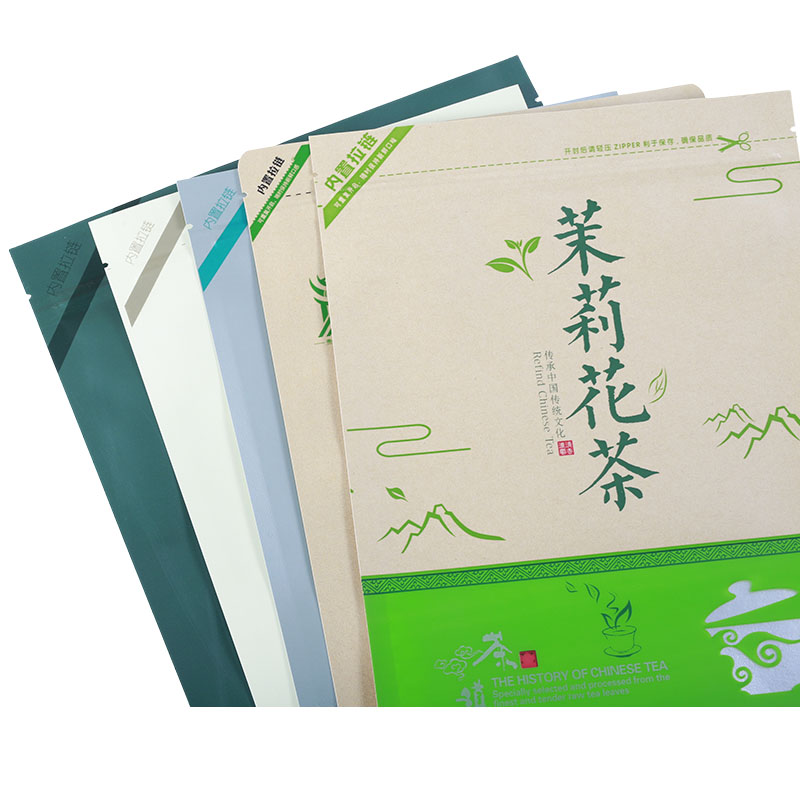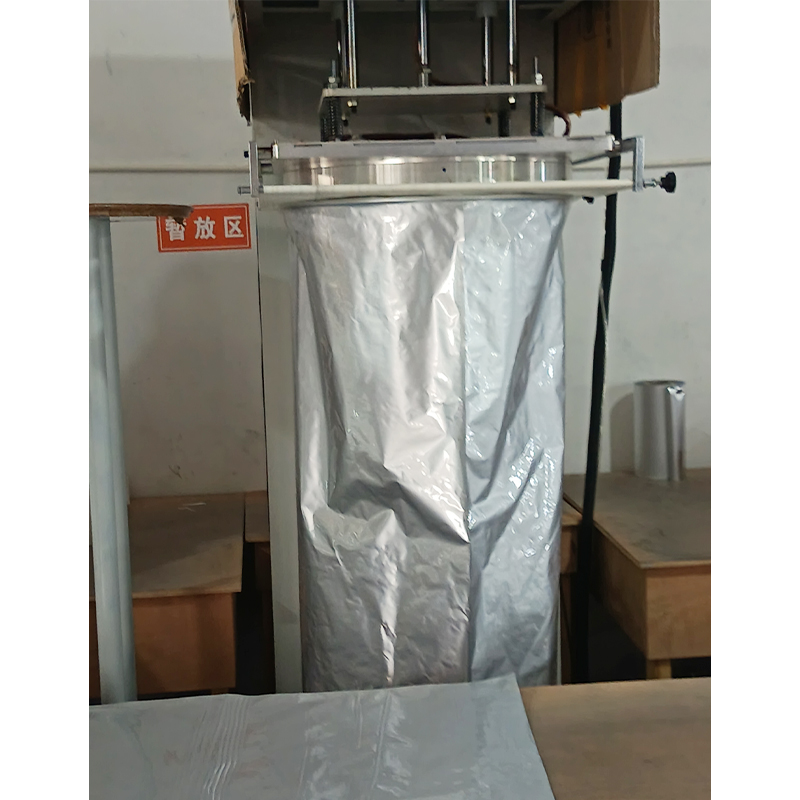Can it withstand high-temperature cooking? Reveal the heat resistance limit behind the aluminum foil bag!
Release Time : 2025-07-02
In the modern food industry, many ready-to-eat products, meat products and condiments need to be sterilized at high temperatures. In this process, the heat resistance of packaging materials is particularly important. Aluminum foil bags, as a common composite flexible packaging material, are widely used in the packaging of steamed foods because of their excellent high-temperature resistance.
But the problem is that ordinary plastic bags are easily deformed or even melted at high temperatures. Why can aluminum foil bags withstand cooking temperatures above 120°C? Behind this is actually a series of technical details and ingenious design of material engineering.
First of all, we need to make it clear that although the aluminum foil bag itself is not a whole container made of metal, the composite structure it uses has extremely strong thermal stability. This structure is usually composed of multiple layers of films with different functions, the most critical of which is the aluminum foil film. It is this layer that gives the bag excellent heat resistance.
In actual production, many food companies use a packaging form called "Retort Pouch", most of which are made of aluminum foil as the core structure. They can withstand high temperature and high pressure sterilization processes for up to 30 minutes or even longer, and the temperature is usually maintained between 115℃ and 125℃. This means that the aluminum foil bag not only needs to resist the physical deformation caused by high temperature, but also maintain its sealing and barrier properties.
So, how does the aluminum foil bag do this? The key lies in its heat conduction control ability. Aluminum foil has good thermal conductivity and can evenly distribute heat in a short time to avoid local overheating and material rupture or melting. At the same time, it can effectively block the intrusion of external moisture and oxygen, thereby protecting the safety and quality of the contents.
In addition, in a high-temperature retort environment, packaging materials must not only withstand the effects of heat, but also face pressure changes and steam shock. At this time, the structural advantages of the aluminum foil bag are once again apparent. Compared with pure plastic bags, aluminum foil bags do not expand or shrink significantly when heated, and their structure is more stable, and they are not prone to sealing failure or bursting.
It is worth noting that the application of aluminum foil bag is not limited to the food industry. It can often be seen in the packaging of medicine, cosmetics and some high-demand industrial products. For example, the outer packaging of some injections or freeze-dried powders needs to undergo high-temperature treatment during the sterilization process, and the aluminum foil bag can just meet this demand.
However, despite the excellent performance of the aluminum foil bag, the limitations of its use conditions cannot be ignored. For example, although it can withstand short-term high-temperature cooking, if it is continuously exposed to extreme temperatures, problems such as material fatigue and sealing failure may still occur. Therefore, in actual operation, it is necessary to select appropriate packaging materials according to the specific process, and strictly control the heating time and temperature parameters.
From food preservation to drug safety, the aluminum foil bag plays an irreplaceable role in many fields with its excellent heat resistance. It is not just a simple "bag", but an important part of ensuring product quality and safety.
But the problem is that ordinary plastic bags are easily deformed or even melted at high temperatures. Why can aluminum foil bags withstand cooking temperatures above 120°C? Behind this is actually a series of technical details and ingenious design of material engineering.
First of all, we need to make it clear that although the aluminum foil bag itself is not a whole container made of metal, the composite structure it uses has extremely strong thermal stability. This structure is usually composed of multiple layers of films with different functions, the most critical of which is the aluminum foil film. It is this layer that gives the bag excellent heat resistance.
In actual production, many food companies use a packaging form called "Retort Pouch", most of which are made of aluminum foil as the core structure. They can withstand high temperature and high pressure sterilization processes for up to 30 minutes or even longer, and the temperature is usually maintained between 115℃ and 125℃. This means that the aluminum foil bag not only needs to resist the physical deformation caused by high temperature, but also maintain its sealing and barrier properties.
So, how does the aluminum foil bag do this? The key lies in its heat conduction control ability. Aluminum foil has good thermal conductivity and can evenly distribute heat in a short time to avoid local overheating and material rupture or melting. At the same time, it can effectively block the intrusion of external moisture and oxygen, thereby protecting the safety and quality of the contents.
In addition, in a high-temperature retort environment, packaging materials must not only withstand the effects of heat, but also face pressure changes and steam shock. At this time, the structural advantages of the aluminum foil bag are once again apparent. Compared with pure plastic bags, aluminum foil bags do not expand or shrink significantly when heated, and their structure is more stable, and they are not prone to sealing failure or bursting.
It is worth noting that the application of aluminum foil bag is not limited to the food industry. It can often be seen in the packaging of medicine, cosmetics and some high-demand industrial products. For example, the outer packaging of some injections or freeze-dried powders needs to undergo high-temperature treatment during the sterilization process, and the aluminum foil bag can just meet this demand.
However, despite the excellent performance of the aluminum foil bag, the limitations of its use conditions cannot be ignored. For example, although it can withstand short-term high-temperature cooking, if it is continuously exposed to extreme temperatures, problems such as material fatigue and sealing failure may still occur. Therefore, in actual operation, it is necessary to select appropriate packaging materials according to the specific process, and strictly control the heating time and temperature parameters.
From food preservation to drug safety, the aluminum foil bag plays an irreplaceable role in many fields with its excellent heat resistance. It is not just a simple "bag", but an important part of ensuring product quality and safety.








